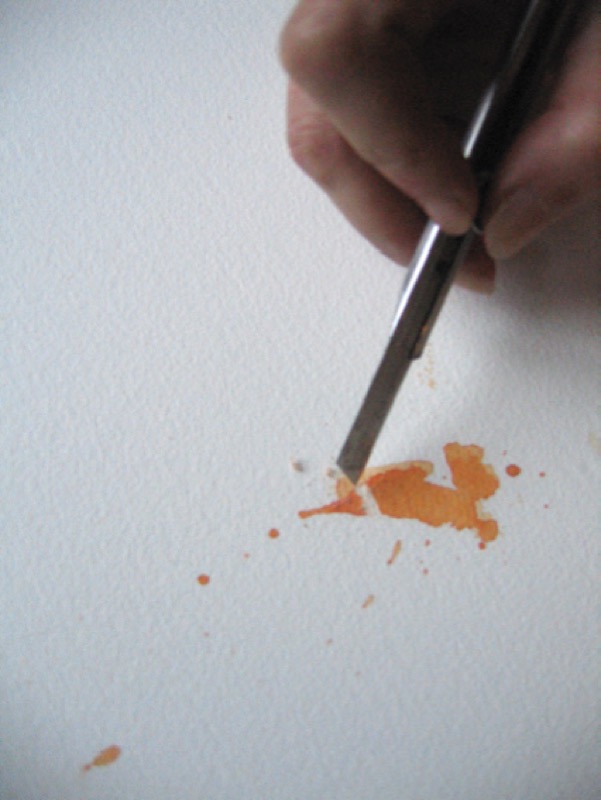Contrary to preconceived notions, it is entirely possible to fix watercolor mistakes. Even lost causes can be rescued, using several techniques, some of them kind of radical!
What you need to know:
Watercolor is an unpredictable process… particularly for beginners! So you need to learn how to handle unforeseen events, either by working them into the composition, or by correcting them. The most frequent ones are:
- Runs (wash is too diluted)
- bleeding and smudges (from adding a diluted color to a dry wash)
- Color is too dark
- Flat wash contours are too strong
- Unbalanced composition


